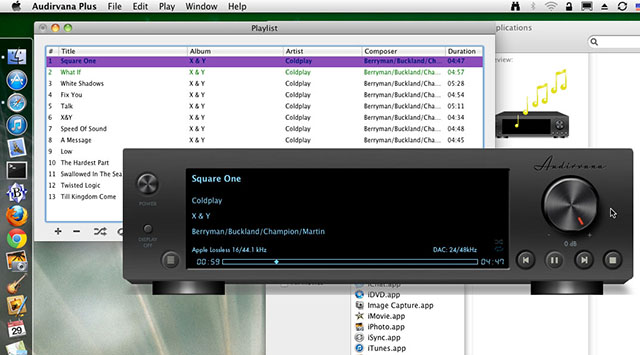

The second row was configured for a "reduced configuration" second row that seats eight people rather than 12.

Orange question mark appears in the Administration interface Troubleshooting > Microphones page for the two outside microphones of the second row table. Contact Cisco technical support if you are certain that the cabling is correct and power is applied to the system, but no sound registers on the microphone.Ĭisco Unified CM Troubleshooting-CTS 32x0 only. If your system supports it, run the microphone calibration procedure in the "Testing Microphones" section of theĬisco TelePresence System Administration Guide.Ĩ. Lightly tap the microphone to see if sound registers.ħ. An unlit light indicates that the microphone is not plugged in.Ħ. Check that the mute light on each microphone is lit. Verify that the microphone plug is firmly seated in the correct connector on the primary codec.ĥ. Verify that the system is plugged in and power is on.Ĥ. Confirm the laptop is not open and in-between the user and the microphoneģ. Microphone cable is not connected to its corresponding codec.ġ.Microphone is not connected: One of the microphones is unplugged.Microphone cable is not connected or is only partially connected.Something near or on the microphone is distorting the sound.Microphone icon with red pipe displays:.See the Cisco TelePresence System Administration Guide for information about managing the CTS.
AUDIO OVERLOAD SOFTWARE NOT WORKING INSTALL
Install acoustic panel or put in some plants to mitigate the issue.
AUDIO OVERLOAD SOFTWARE NOT WORKING OFFLINE
Do offline audio captures to analyze the acoustic effectsĥ. For other type of rooms, a Room Readiness Assessment (RRA) acoustics measurement is advised.Ĥ. Make sure the room passed Cisco TelePresence Experience ( CTX) audio certification for the CTS 3000 and CTS 3200 rooms. If it is determined not to be a microphone or audio port issue, make sure that the audio volume is set to medium, not too loud.ģ. Plug only one microphone into one audio port at a time and continue through your microphones and audio ports to find the problem.Ģ. Swap the "bad" microphone with a "good" one and see if the problem follows the microphone or the codec.Ĭ. If the problem persists, it's either that microphone or that audio port.ī.


 0 kommentar(er)
0 kommentar(er)
